Blackbirds are some of the most recognized members of the thrush family (Turdidae), known for their striking appearance, beautiful songs, and wide distribution. While “blackbird” often refers to a single species, it actually includes a diverse group of birds with varying plumage, behaviors, and habitats. In this article, we’ll introduce you to 10 common types of blackbirds and their close relatives, providing accurate identification tips, ecological roles, and essential facts for bird enthusiasts and nature lovers.
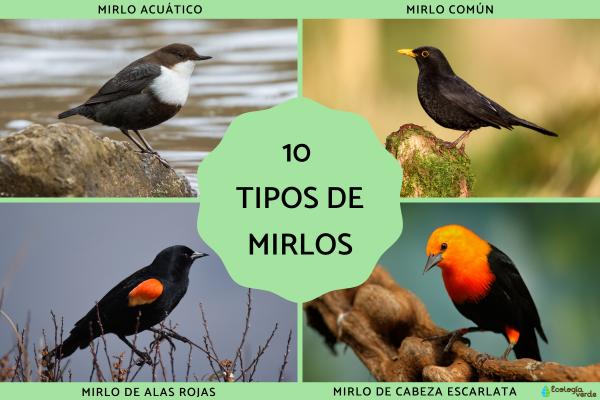
White-throated Dipper (Cinclus cinclus)
Ring Ouzel (Turdus torquatus)
Common Blackbird (Turdus merula)
Cuban Red-shouldered Blackbird (Agelaius assimilis)
Red-winged Blackbird (Agelaius phoeniceus)
Tricolored Blackbird (Agelaius tricolor)
Unicolored Blackbird (Agelasticus cyanopus)
Yellow-winged Blackbird (Agelasticus thilius)
Scarlet-headed Blackbird (Amblyramphus holosericeus)
Scrub Blackbird (Dives warszewiczi)
This bird thrives in mountain rivers with cold, clean waters and abundant aquatic insects. It has a dark brown body, a distinct white breast, and a noticeable white eyelid. Dippers feed mainly on aquatic insects, diving underwater to catch their prey. They nest between March and April in rock crevices. However, habitat pollution and river modifications threaten their survival.
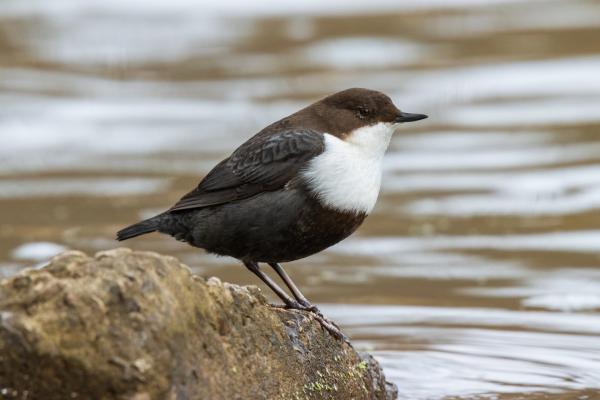
Found in the mountains of central and northern Europe and North Africa, the Ring Ouzel prefers heaths and clearings at high elevations. Males are black with a striking white chest collar, while females have a duller appearance. Their diet includes insects, worms, and forest berries. As migratory birds, they breed between May and July. Loss of habitat and climate change are current threats to their population.
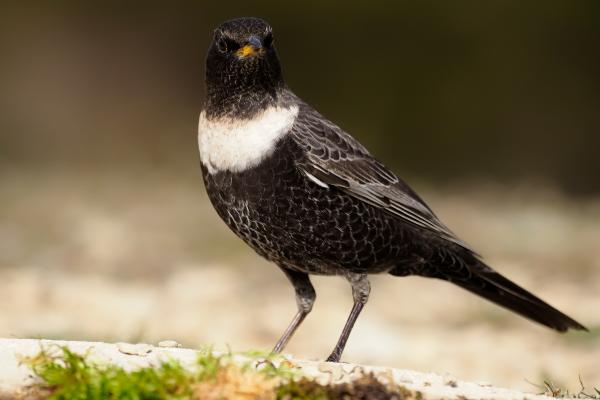
Perhaps the best-known member of the thrush family, the Common Blackbird is widespread across Europe, North Africa, West Asia, and parts of China. Males are glossy black with bright yellow beaks and eye rings, while females are brown. These adaptable birds thrive in woods, parks, and gardens, feeding on insects, worms, and fruits. They nest from March to July, with 3–5 eggs per clutch.
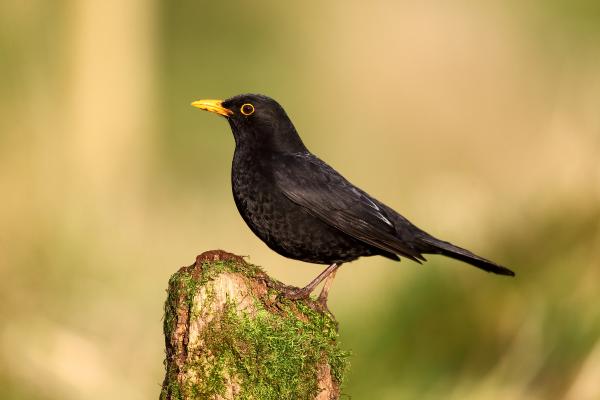
Endemic to Cuba, this species lives in wetlands and marshes. Males have red and yellow patches on their wings, while females are entirely black. Their diet includes insects and seeds, and they build nests in aquatic plants. They are mainly monogamous, with both parents caring for the young.
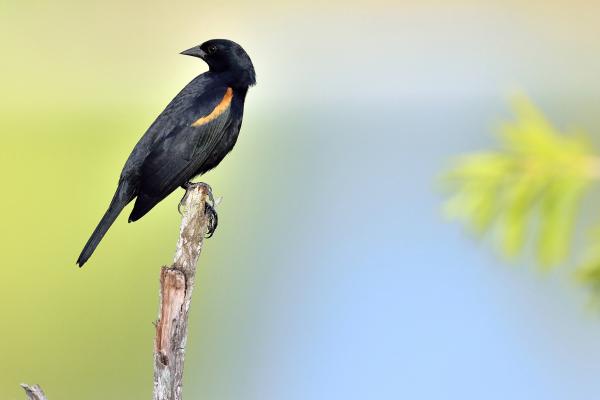
Widespread across North America, from Alaska to Central America, Red-winged Blackbirds inhabit wetlands and agricultural areas. Males are black with bright red and yellow shoulder patches; females are streaky brown. Their diet consists of insects and seeds, and breeding occurs in spring when males defend their territories aggressively.
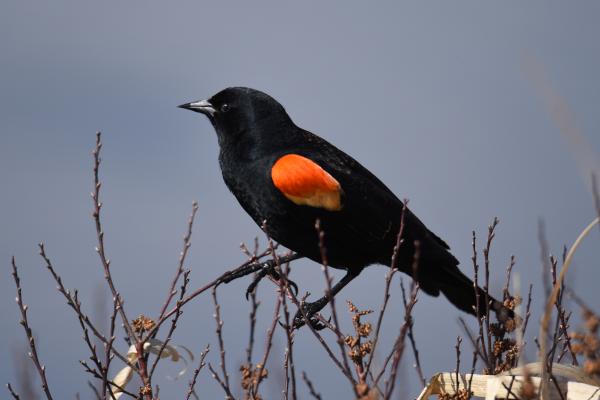
Found mainly in California, Oregon, and Baja California, Tricolored Blackbirds prefer freshwater marshes and farmlands. Males are black with red and white shoulder patches, and females are brown. They are social, nesting in large colonies, and feed on insects and grains.
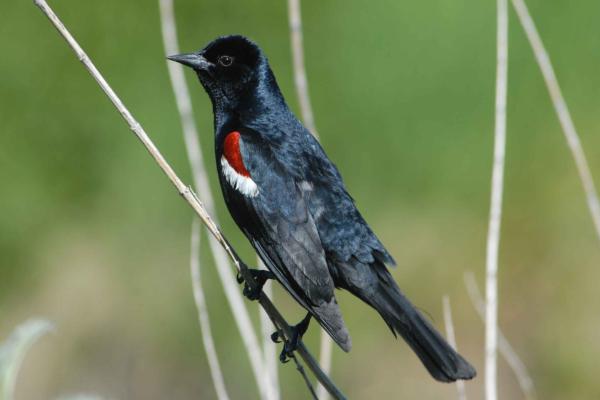
Native to South America, especially Argentina, Bolivia, Brazil, and Paraguay, this medium-sized blackbird prefers reed beds and floating vegetation in swamps. Males are entirely black, while females range from olive green to brown with black stripes. They forage alone or in pairs, feeding mainly on insects and seeds.
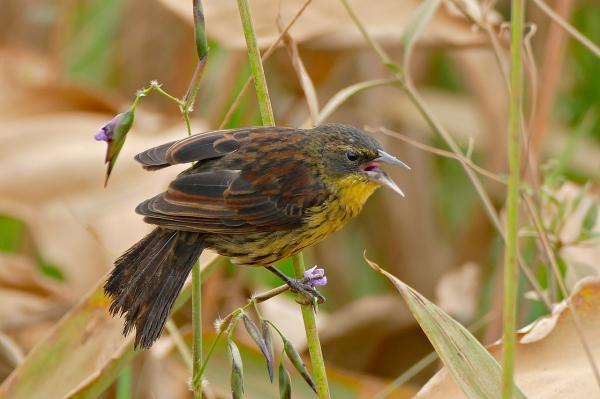
Common in the wetlands, marshes, and grasslands of Argentina, Bolivia, Brazil, Chile, Paraguay, Peru, and Uruguay, males are black with vivid yellow shoulder patches; females are brown with black streaks. They feed on insects and seeds and breed among tall vegetation near water bodies.
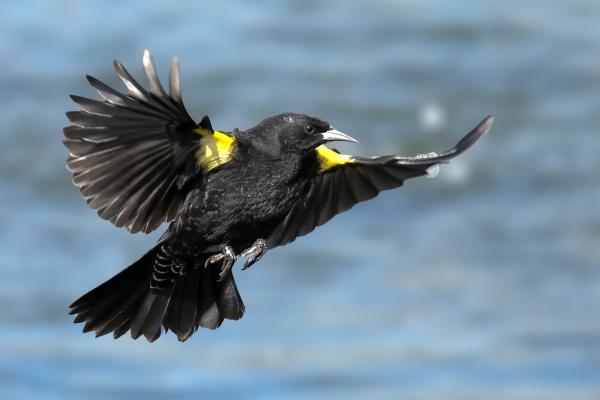
Found in the wetlands of Brazil, Paraguay, Uruguay, and Argentina, this bird is easily recognized by its black body and striking scarlet-red head, chest, and thighs. It feeds on fruits, seeds, and insects, and usually forms monogamous pairs.
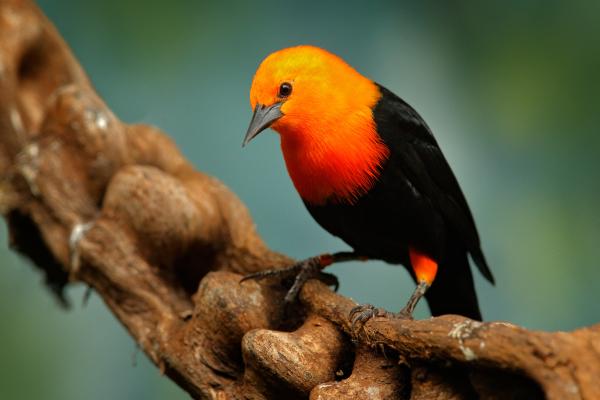
Inhabiting the western lowlands and valleys of Ecuador, Peru, and Colombia, Scrub Blackbirds have glossy black plumage with a bluish sheen in both sexes, though the female is slightly duller. They prefer open shrublands and semi-open habitats, often perching in exposed spots and are known for their loud, distinctive calls.
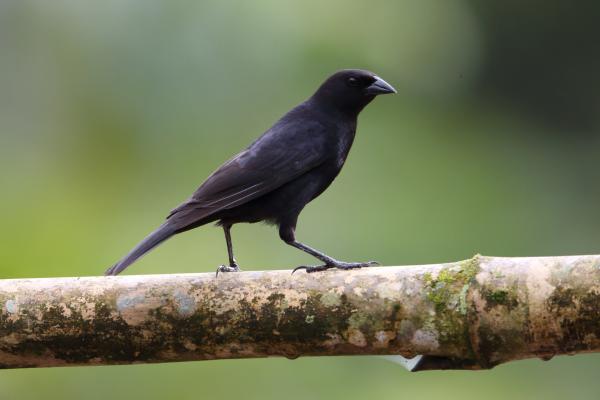
Blackbirds and their relatives are crucial for controlling insect populations and dispersing seeds, maintaining healthy ecosystems. Yet, many species face threats from habitat loss, wetland drainage, pollution, and climate change. Raising awareness and supporting conservation efforts are essential to protect these valuable birds.
Conclusion
With their diversity, adaptability, and ecological importance, blackbirds and thrushes offer a fascinating window into the world of wild birds. We hope this guide helps you better identify and appreciate these beautiful species. For more birding tips and wildlife knowledge, keep following our nature column!
Bibliography
Silver, T. 2025. 23 Types of Blackbirds: A Comprehensive Guide to the Icteridae Family. https://avibirds.com/blackbirds-icteridae/
Ministry for Ecological Transition and the Demographic Challenge. Atlas of Breeding Birds of Spain. https://www.miteco.gob.es/es/biodiversidad/temas/inventarios-nacionales/inventario-especies-terrestres/inventario-nacional-de-biodiversidad/ieet_aves_atlas_indice_comun_m.html
animal tags: Blackbirds
We created this article in conjunction with AI technology, then made sure it was fact-checked and edited by a Animals Top editor.